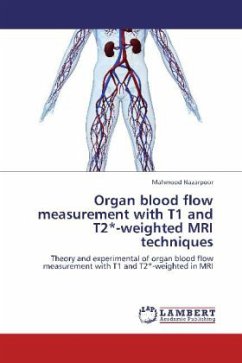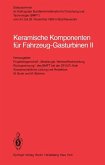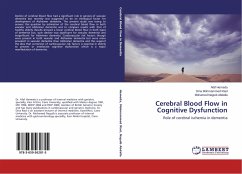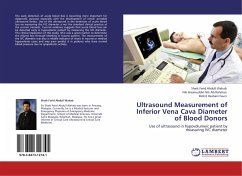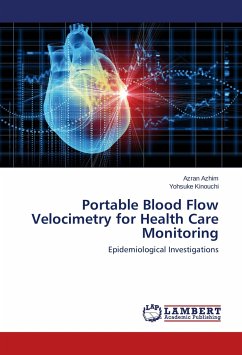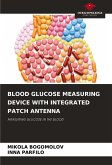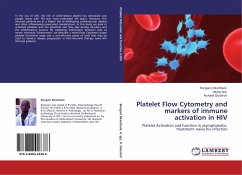Magnetic resonance imaging (MRI) is one of several methods used to estimate the haemodynamic parameters of the brain. Dynamic susceptibility contrast MRI (DSC MRI) is the most common clinical technique using MRI. This relies on the T2 changes that occur during passage of an injected bolus of paramagnetic material through tissue. This book will be described DSC MRI method in details. This book also attempts to introduce a new T1 MRI technique that is based on an existing radionuclide technique. The validity of the T1 MRI technique was investigated over a range of parameters including contrast agent concentrations and flow rates. The theory of inflow effect and inflow correction methods was discussed in the book. Experimental research for measuring absolute cerebral blood flow base on T1 MRI technique was reported. These research results can be applied to future clinical studies to produce more accurate perfusion values. In summary, this book provides a necessary information for measuring organ blood flow with MRI. It is a valuable reference book for last term undergraduate students, post graduate students and scientists.
Bitte wählen Sie Ihr Anliegen aus.
Rechnungen
Retourenschein anfordern
Bestellstatus
Storno

